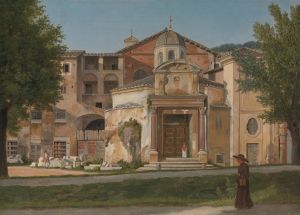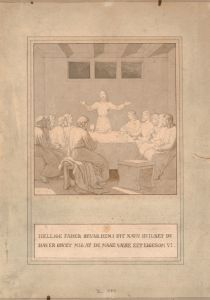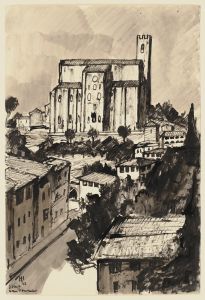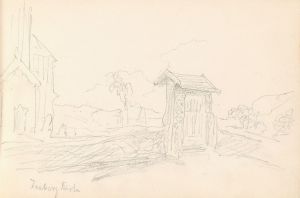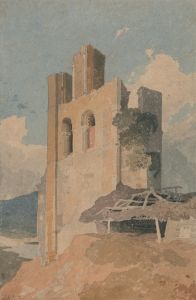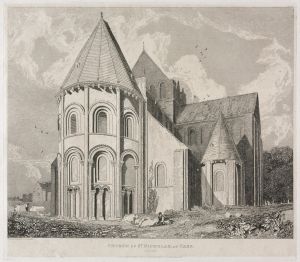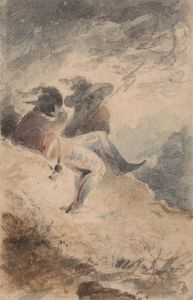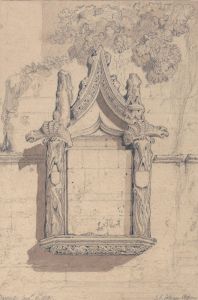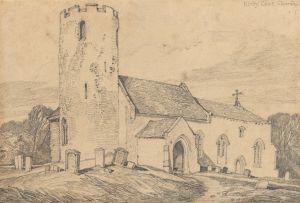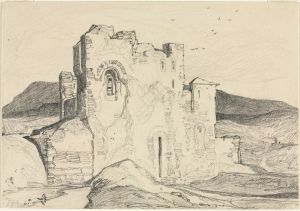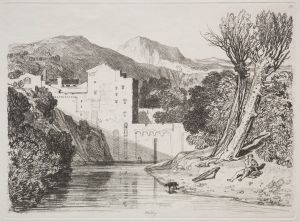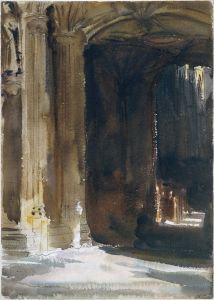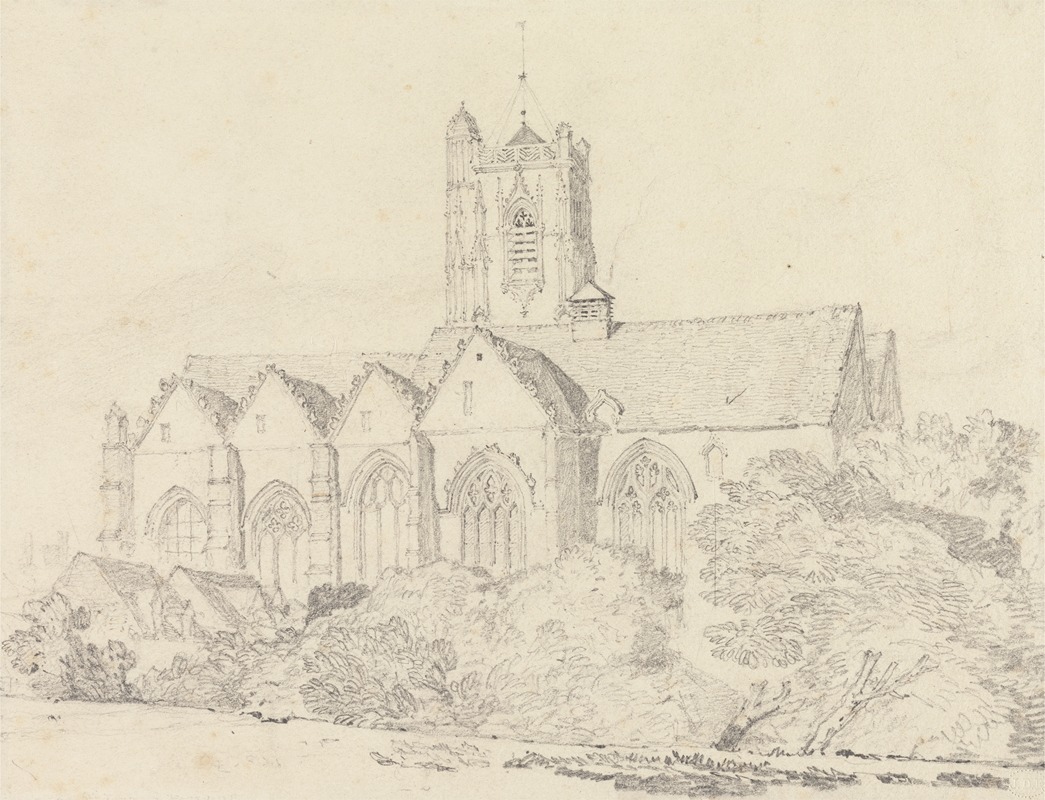
The Church of St. John, Peronne
A hand-painted replica of John Sell Cotman’s masterpiece The Church of St. John, Peronne, meticulously crafted by professional artists to capture the true essence of the original. Each piece is created with museum-quality canvas and rare mineral pigments, carefully painted by experienced artists with delicate brushstrokes and rich, layered colors to perfectly recreate the texture of the original artwork. Unlike machine-printed reproductions, this hand-painted version brings the painting to life, infused with the artist’s emotions and skill in every stroke. Whether for personal collection or home decoration, it instantly elevates the artistic atmosphere of any space.
John Sell Cotman, a prominent figure in the English Romantic movement, is celebrated for his contributions to landscape painting and printmaking. Among his notable works is "The Church of St. John, Peronne," a piece that exemplifies his skill in capturing architectural subjects with a keen eye for detail and atmosphere.
Cotman was born in 1782 in Norwich, England, and became associated with the Norwich School of painters, a group known for their dedication to landscape art. His career was marked by extensive travels across England and Europe, where he sought inspiration from various landscapes and architectural marvels. Cotman's work is characterized by his use of watercolor and his ability to convey mood and structure with precision.
"The Church of St. John, Peronne" is a watercolor painting that reflects Cotman's interest in Gothic architecture and his adeptness at rendering such subjects. The church depicted in the painting is located in Péronne, a commune in the Somme department in northern France. Cotman visited France during the early 19th century, a period when travel to the continent was becoming increasingly popular among British artists seeking new vistas and cultural experiences.
In this painting, Cotman employs a delicate palette and a meticulous approach to detail, capturing the church's intricate Gothic features. His use of light and shadow adds depth to the composition, highlighting the architectural elements that define the church's facade. The painting is a testament to Cotman's ability to blend architectural precision with a romantic sensibility, creating a work that is both technically accomplished and evocative.
Cotman's architectural studies, including "The Church of St. John, Peronne," were highly regarded for their accuracy and artistic merit. His work often involved careful observation and sketching on-site, followed by the creation of finished pieces in his studio. This method allowed him to infuse his paintings with both the immediacy of direct observation and the considered composition of studio work.
Throughout his career, Cotman faced challenges, including financial difficulties and fluctuating critical reception. Despite these obstacles, he remained a dedicated artist and educator, influencing future generations through his teaching and artistic output. His legacy is preserved in numerous collections, including the British Museum and the Tate Gallery, where his works continue to be studied and admired.
"The Church of St. John, Peronne" is a fine example of Cotman's architectural watercolors, showcasing his ability to capture the essence of a place through careful attention to detail and a nuanced understanding of light and form. This painting, like many of his works, reflects the broader Romantic interest in the sublime and the picturesque, themes that were central to the artistic explorations of the time.
In summary, John Sell Cotman's "The Church of St. John, Peronne" stands as a significant work within his oeuvre, illustrating his mastery of watercolor and his fascination with the architectural heritage of Europe. Through this painting, Cotman not only documents a specific historical structure but also conveys a sense of the enduring beauty and complexity of Gothic architecture.





